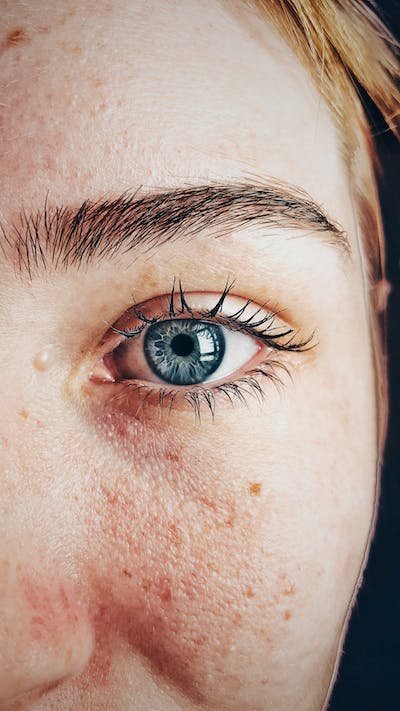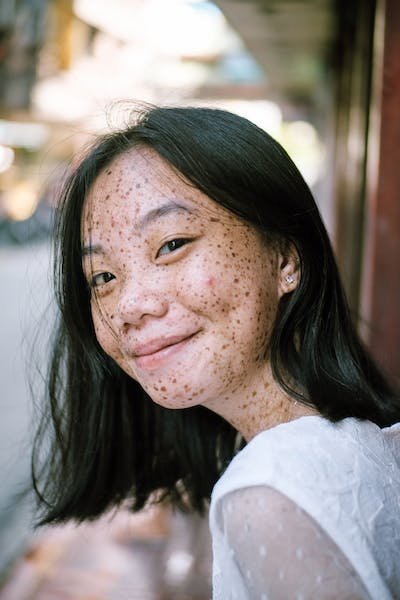Let's Talk About Chicken Pox
Chicken pox is a common viral disease that can cause itchy pimples and blisters. The virus causes these symptoms as the body tries to fight off the infection. Although it can be unpleasant, chicken pox is not dangerous. In fact, most children get chicken pox at some point in their life. Chicken poxs are categorized as one of three types based on the pattern of sores which are plain, rose acute, or varicella zoster.
These types are also further broken down into several different subcategories. Each subcategory has its own treatment plan that is designed for that particular type of virus. Due to how commonplace chicken pox is, many people are unaware of the facts about this disease and about the treatments available if you contract it.
What is chicken pox?
Chicken pox is also called “varicella” because it is caused by the varicella zoster virus. There are two types of chicken pox which actually include a mild form that causes small, red bumps on the skin, and a severe form that causes large, painful sores all over the body. In the mild form, the bumps are red and itchy, while the severe form causes blisters that break open and leave a crust on the skin.
A person usually gets chicken pox between the ages of 6 months and 12 years. Chicken pox is a childhood disease that causes a red bumpy rash all over the body. The face is usually the first place people get it, but it can happen anywhere on the body. Kids are most likely to get chicken pox when they are between the ages of 12 months and 12 years old. It’s common to get it at around 12 years old, too. You might get it again as an adult, but most people don’t have it later in life. There are many things that can cause chicken pox, but the virus that causes it is commonly passed from person to person. That’s why it’s so common at this time of year, when kids play together and sometimes share toys, books, and other objects.

How common is chicken pox?
Chicken pox is extremely common. In fact, it’s so common that almost everyone has had it at least once. That’s because it usually occurs during childhood and adolescence, when kids are most likely to catch it. About one out of every three children in the United States gets chicken pox by the time they are five years old. It’s a little more common in boys than girls. Chicken pox can be dangerous for children with a severe form.
Signs of this form include a fever, swelling, and a blotchy red rash all over the body. You should see your doctor if you have a fever and rash that lasts for more than three days or causes large blisters. There are two main types of chicken pox, each characterized by its onset, duration, and severity of symptoms When children get chicken pox, they usually get a mild form.
These outbreaks are typically a few small pimples. Kids usually get over chicken pox between two and five weeks after their first symptoms. Children can also get a severe form of chicken pox. This form is much more dangerous because it causes large sores that don’t heal easily and can leave scars.
You can get chicken pox from contact with someone who has it.
Chicken pox is most contagious when the rash is present, both above and on the skin. If you have chicken pox or have been in contact with someone with the virus, you can give it to other people by breathing in air that has the virus on it or touching something that has the virus on it. When someone with chicken pox coughs or sneezes, the airborne virus enters the nose and travels to the throat, which is the back of the mouth. People can then breathe the virus into their lungs and pass it on to others.

The virus is most contagious during the first few days of the rash, but it can still be spread later. People don’t usually spread chicken pox by talking. But you can pass it on by touching your eyes, nose, and mouth while you are sick with the virus.
Symptoms of chicken pox
The rash that people get from chicken pox usually starts on the skin and head, then moves to the trunk, and then to the legs and arms. It usually appears on the face, neck, trunk, and buttocks in mild cases, and on the abdomen, back, and legs in severe cases.
The rash is usually itchy and appears as small, round bumps or blotches. It can also come in a few other forms, such as: A very small number of people get a severe form of chicken pox that causes large sores that don’t heal quickly. These sores are not contagious, but they can be dangerous because they may leave scars. You should see your doctor immediately if you notice any of these signs:
How to prevent chicken pox
There’s no way to prevent chicken pox other than to get it when you’re young. But you can protect your kids by washing their hands frequently with soap and water and staying away from other people who have chicken pox. You can also help protect your family by practicing proper hygiene.

This means washing your hands and cleaning your nails carefully, not sharing food and drinks, and not touching your face, mouth, and eyes while you’re sick. Good hygiene also means keeping your immune system strong. This can be done by getting enough rest, eating a balanced diet, and exercising regularly, especially after you’re done working out in the sun.
Treatment for Chicken Pox
Doctors usually treat severe chicken pox with antiviral medications, such as acyclovir or famciclovir. These medications can be taken for 10 to 30 days. People who get mild chicken pox usually recover on their own without treatment. People who get severe chicken pox should see a doctor immediately because there may be complications that need to be treated. The symptoms of chicken pox will go away on their own after one to five days, but you should see your doctor if your symptoms last longer than this.
There are different treatment plans for different types of chicken pox. If you have plain or rose acute chicken pox, you will usually just need to keep your head covered and clean the blisters with water. If you have varicella zoster, you will likely need a more extensive treatment plan.
Conclusion
Chicken pox is a common childhood illness that causes a rash. It can be dangerous for people with a severe form, but is usually mild. People can protect themselves by washing their hands and keeping their immune system strong.
Chicken pox is usually transmitted by touching a person with the virus, but can also be caught by breathing the virus in. There is no way to prevent chicken pox, but you can protect yourself by washing your hands and keeping your immune system strong.
• Links Consulted
(1). https://my.clevelandclinic.org/health/diseases/4017-chickenpox
(2). https://www.mayoclinic.org/diseases-conditions/chickenpox/symptoms-causes/syc-20351282
(3). https://www.healthline.com/health/chickenpox#causes
(4). https://patient.info/skin-conditions/viral-rashes/chickenpox-in-children
You're very correct when you pointed out that chickenpox is caused by the varicella-zoster virus. Honestly, this infection is very dangerous as it can be transmitted from contact with the infected person's rash and many more. We really need to be tested and treated for this kind of illness.
Thank you for stopping by
Thanks for your contribution to the STEMsocial community. Feel free to join us on discord to get to know the rest of us!
Please consider delegating to the @stemsocial account (85% of the curation rewards are returned).
Thanks for including @stemsocial as a beneficiary, which gives you stronger support.
Thank you 😊